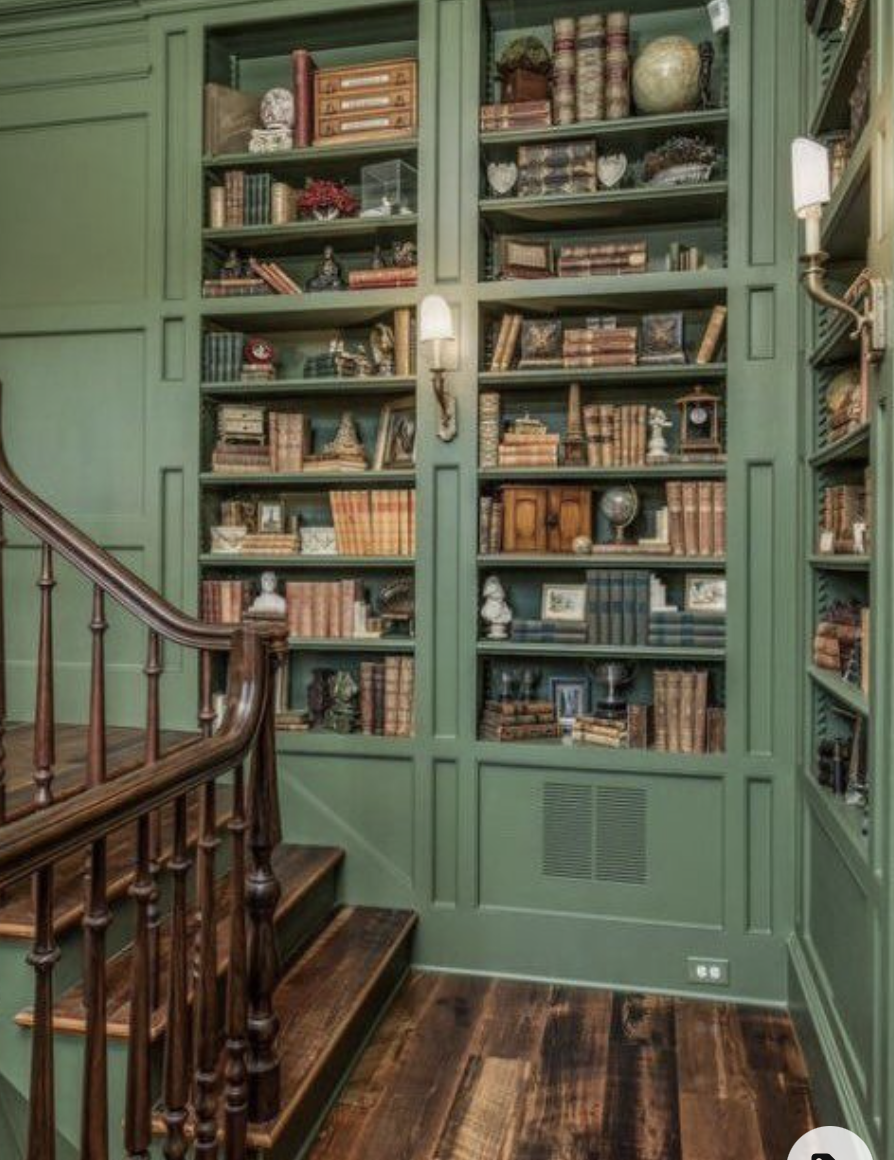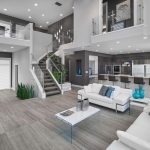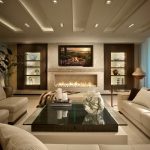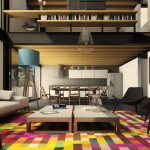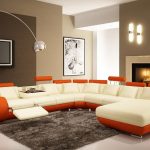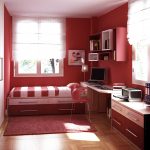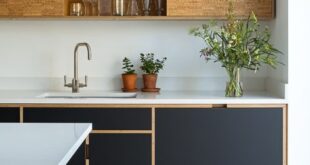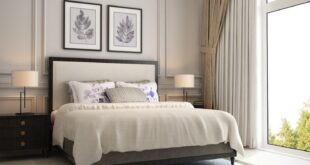Designing a room that is both functional and stylish can be a challenging task. However, with the right approach and some practical tips, you can create a space that not only looks great but also serves its purpose effectively. Whether you are designing a living room, bedroom, kitchen, or any other room in your home, here are 10 practical tips to help you achieve the perfect balance of function and style.
1. Start with a Plan
Before you start designing a room, it’s important to have a clear plan in mind. Consider how you will use the space, what furniture and accessories you will need, and what style you want to achieve. A well-thought-out plan will help you stay organized and ensure that the room meets your needs.
2. Choose Functional Furniture
When selecting furniture for a room, think about its functionality as well as its style. Look for pieces that serve a purpose, such as a sofa with built-in storage, a bed with under-bed drawers, or a desk with shelves. This will help you make the most of the space and keep it organized.
3. Consider the Layout
The layout of a room can have a big impact on its functionality and style. When planning the layout, make sure to leave enough space for traffic flow and ensure that furniture is positioned in a way that is both practical and visually appealing. Experiment with different arrangements until you find one that works well.
4. Prioritize Comfort
Comfort is key when designing a room, so choose furniture and accessories that are both stylish and comfortable. Invest in a cozy sofa or armchair, soft rugs, and plush pillows to create a space where you can relax and unwind.
5. Add Personal Touches
To make a room feel truly yours, add personal touches such as photos, artwork, and mementos. These items will not only add character to the space but also reflect your personality and interests.
6. Use Color Wisely
Color can have a big impact on the look and feel of a room. Choose a color scheme that complements the style of the space and creates the mood you want to achieve. Consider using lighter colors to make a room feel more spacious or darker colors for a more intimate atmosphere.
7. Maximize Storage
Storage is essential for keeping a room organized and clutter-free. Look for furniture with built-in storage, such as ottomans with hidden compartments or beds with drawers underneath. Additionally, consider adding shelves, cabinets, and baskets to maximize storage space.
8. Layer Lighting
Good lighting is crucial for both function and style. Layering different types of lighting, such as overhead, task, and accent lighting, can create a well-lit and inviting atmosphere in a room. Consider using dimmable lights and lamps to adjust the brightness according to your needs.
9. Mix Patterns and Textures
Mixing patterns and textures can add depth and visual interest to a room. Experiment with different fabrics, prints, and materials to create a dynamic and cohesive look. Just make sure to balance bold patterns with simpler ones to avoid overwhelming the space.
10. Keep it Simple
Finally, remember that less is often more when it comes to designing a room. Avoid cluttering the space with unnecessary furniture or accessories and instead focus on quality over quantity. By keeping things simple and decluttered, you can create a room that is both functional and stylish.
In conclusion, designing a room with function and style requires careful planning, attention to detail, and a good eye for aesthetics. By following these 10 practical tips, you can create a space that is not only beautiful but also meets your needs and enhances your quality of life.
 decorafit.com Design ideas for your home and patio
decorafit.com Design ideas for your home and patio
